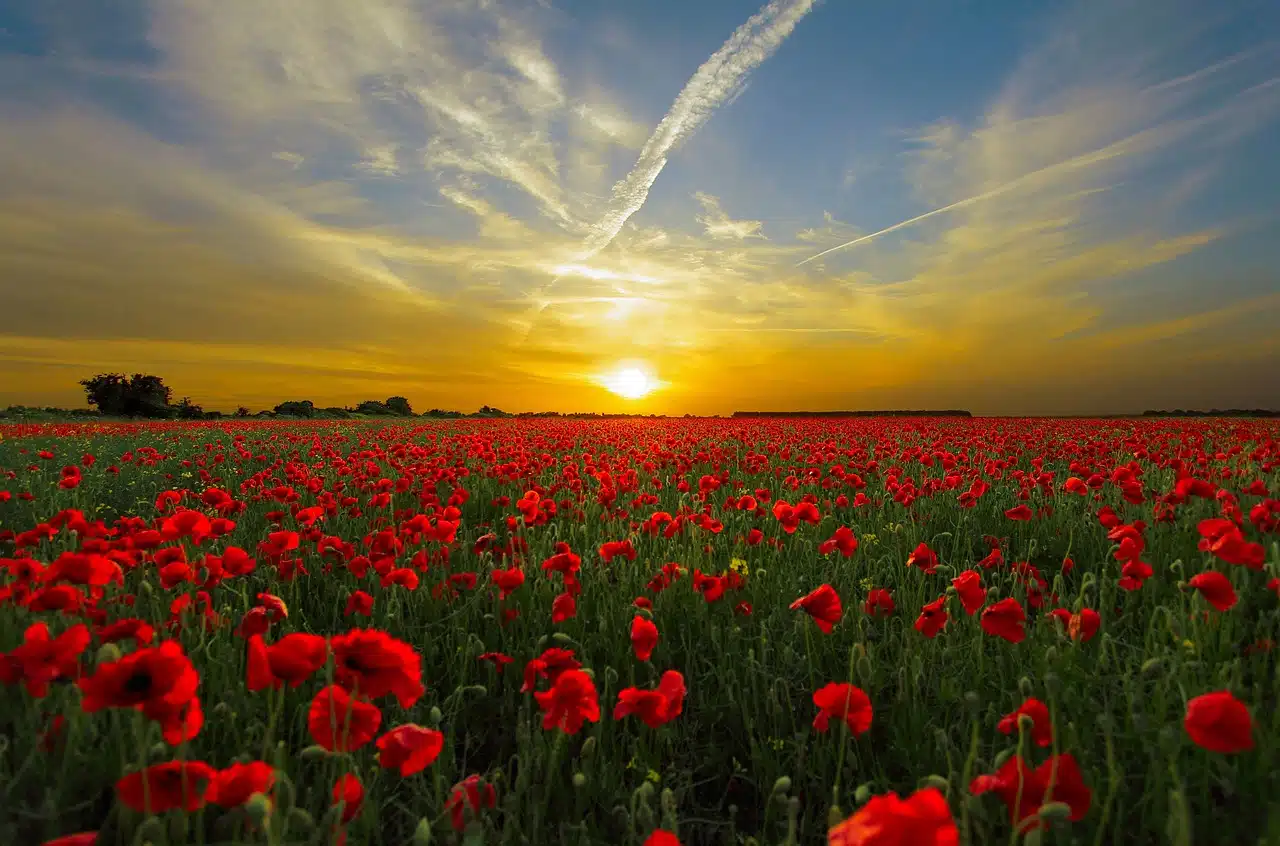
The beginning of life is often a matter of debate.
Life is the ability to be born, grow, reproduce and die . That is the most common meaning of this term, which can be defined from various approaches but is usually associated with biology . In this sense, life is what distinguishes men, animals and plants, for example, from objects such as a rock or a table.
The etymological origin of the word life is found in Latin. Specifically, it comes from the word vita , which in turn comes from the Greek term bios . All of them mean, precisely, "life."
Life for biology and religion
It can be said that life always includes a series of stages such as birth , growth , development , maturation , aging and death . To determine when life begins and when it ends, different postulates can be used since biology, religion and philosophy , for example, have different perspectives.
When we see a man walking or a dog running, there is no doubt that we are looking at living beings. It is more complex, however, to find the beginning and the end of that existence . Religious issues are mixed with science to affirm (or deny) that life begins from the first moment of fertilization , which would be equivalent to affirming that abortion is unfailingly murder (it ends a life). Other positions maintain that the fetus in its early stages cannot be considered a living being.
Something similar happens with death (that is, the end of life). The irreversible cessation of brain activity (known as brain death ) is equivalent to science as the end of life, even if the person continues to breathe.
For religion , meanwhile, life is the union of body and soul . After death, the soul reaches Paradise and can, according to some beliefs, reincarnate in another body.
Life is also the state of activity of organic beings and the internal force that allows the one who possesses it to act. Another way of interpreting life is linked to the ability of a physical being to manage its internal resources to adapt to the changes that occur in its environment .

Plants also have life.
Decisions about death
There are many ways for a person's life to end: it may be a consequence of an illness , an accident, etc. However, when death occurs voluntarily, it is because suicide has been chosen. Personal, work or family problems are causes that can lead an individual, in certain contexts and under certain circumstances, to make the tragic decision to end their existence.
However, we cannot forget that there is another term closely related to both life and death: euthanasia , which can be defined as the action carried out by a person with the clear objective of avoiding suffering to another individual who is in the last moments of his existence.
That is, what is done is to accelerate the death of a being who is suffering painfully. You can do it either with the consent of the patient or simply by personal decision.
Euthanasia is one of the issues that has sparked the most controversy in recent decades throughout the world, establishing two opposing positions : those who defend it and those who reject it outright for an ethical issue. In the first case, they maintain that it allows the dignity of human life to be defended, while those who oppose euthanasia consider that carrying it out is an attack on the inviolability of life.
Cells and life
It is usually indicated that living beings have cells as the elementary units of their composition. Each human being has about 30 trillion cells that allow the body to structure and function properly.
Cells make nutrition , energy production and the transfer of hereditary material possible through DNA , for example. It should be noted that cells can develop their reproduction independently and that, when they undergo functional, chemical and morphological modifications that cannot be reversed, they also die.
Metabolism is known as the set of chemical and physical processes carried out by cells to achieve the synthesis or degradation of substances, transforming or using energy. Metabolic processes, therefore, can be part of anabolism (complex molecules are synthesized from simpler ones) or catabolism (substances are degraded to generate others of less complexity). All actions and procedures essential for life, from blood circulation to breathing, depend on metabolism since they require the conversion or use of energy.
Metabolism is associated with homeostasis , which is a property of living beings that allows them to maintain internal stability by compensating for changes in the environment through the exchange of energy and matter. Blood pressure, temperature regulation and the level of oxygen in the blood are some of the variables that control homeostasis, making life possible.

In a philosophical sense, it is often said that happiness is the goal of life.
Beyond the biological
Leaving aside biological and physiological issues, each person understands their life as their existence . There are as many ways of life or forms of life as there are human beings on Earth , although all members of the species share certain patterns, attributes or aspirations.
Human beings live in society and it is usually considered that the basis of that society is the family . The usual thing is that each person forges their daily life based on family ties, dedicating themselves to exercising fatherhood or motherhood , taking care of their children and sharing moments with brothers, uncles, grandparents, grandchildren, cousins, etc.
To build a family, it is common to establish a couple , which may or may not be formalized through marriage . That is usually the family nucleus, although there are other ways to establish social ties. Friendship , in this framework, also builds very important links for social functioning.
Although each person has their motivation and interests, broadly speaking it can be said that happiness is the goal of life. That happiness can be found in the love of family and friends, in contact with nature , in the enjoyment of art or in obtaining knowledge , to name just a few possibilities. The important thing is to consider that, beyond the essential physical needs that must be satisfied for existence to be possible, life acquires meaning, relevance or transcendence depending on what each person does with their time and abilities.
Returning to what was expressed above about euthanasia, there are those who affirm that limiting oneself to breathing or maintaining homeostasis "is not life." What is understood as a full life means carrying out a satisfactory experience based on one's values, in freedom and with the hope of achieving one's dreams .
